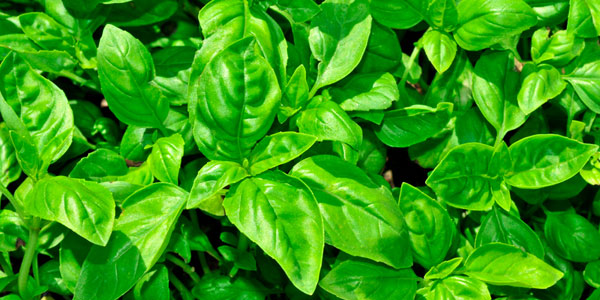
Basil is a favorite in the kitchen, and it’s not hard to understand why. The leaves are both fragrant and tasty, making them popular additions to sauces, salads, and other fresh dishes. Fresh basil is also ideal for seasoning dishes – it provides an outstanding, distinctive flavor that is beloved throughout the world. To have fresh basil at your fingertips, all you need to do is follow a few simple steps.
Table of Contents:
Before You Plant
Choose the Right Type of Basil:
- Sweet Italian basil is the most popular type of basil, and it’s the one that most people are familiar with. Lemon, Thai, and Mexican varieties are creating a buzz in the kitchen.
- There are between 40 and 200 varieties of basil, so you may have to do a bit of research if you want a specialty plant.
- Not all varieties of basil are considered edible.
- Some varieties of basil produce flowers that make great additions to salads.
Find a Suitable Place:
- Basil thrives in full sunlight. You may have some success in the shade if your patch receives at least five hours of sunlight per day.
- Choose a moist, well-drained location.
- Keep the area free of weeds.
Prepare the soil:
- Proper drainage is important, but soil needs to hold moisture for the plant to grow. Amend heavy clay soil with sand and add topsoil to sandy spots.
- Before planting, loosen the soil and mix in organic material or compost.
- Once the ground is ready, water it generously the day before planting. It should retain moisture without becoming muddy.
Planting Basil
What You Will Need:
- Basil seeds or plants
- Prepared soil
How to Plant Basil:
- Plant basil outdoors once the danger of frost has passed. Ideally, daytime temperatures should reach 70 degrees or more.
- Properly prepare the soil before planting.
- Following the packet directions, sow the seeds into moist soil and cover lightly. Place plants about 12″ apart or as directed.
- Seedlings will appear in as few as five days.
Growing/Harvesting Basil
With basic maintenance, you will have fresh basil until frost. To get the most from your plant, follow these steps.
What You Will Need:
- Garden clippers or scissors
Steps for Care and Maintenance:
- Water weekly. Keep the soil moist, but do not overwater the plants. The flavor of basil originates from the oils in the plant, and overwatering will dilute these oils.
- When harvesting leaves, don’t take them all from one plant. Take a few leaves from several plants to maintain healthy plants and consistent production. Choose leaves from the tops of plants first.
- Prune the plant back to just above the second set of leaves the first time you prune. Thereafter, prune back so that approximately 1/3 of the plant remains. This stimulates growth and promotes optimum harvest.
- Do not allow annual basil to flower if you plan to cook or season with the leaves. Flowering is widely blamed for a bitter taste in the plants. Consistent pruning will prevent flowering.
Additional Tips and Advice
- The preferred method of preserving basil is to process or chop the leaves, incorporating oil to make a thick paste. Freeze cooling batches in tightly sealed containers or bags.
- To freeze basil leaves, wash them gently and remove excess water before sealing in a plastic bag.
- You can dry basil by hanging it by the stem in a warm room for approximately one week. Leaves will turn brown. When they have dried, remove the leaf from the stem and store in an airtight container.
Related Posts
No related posts.